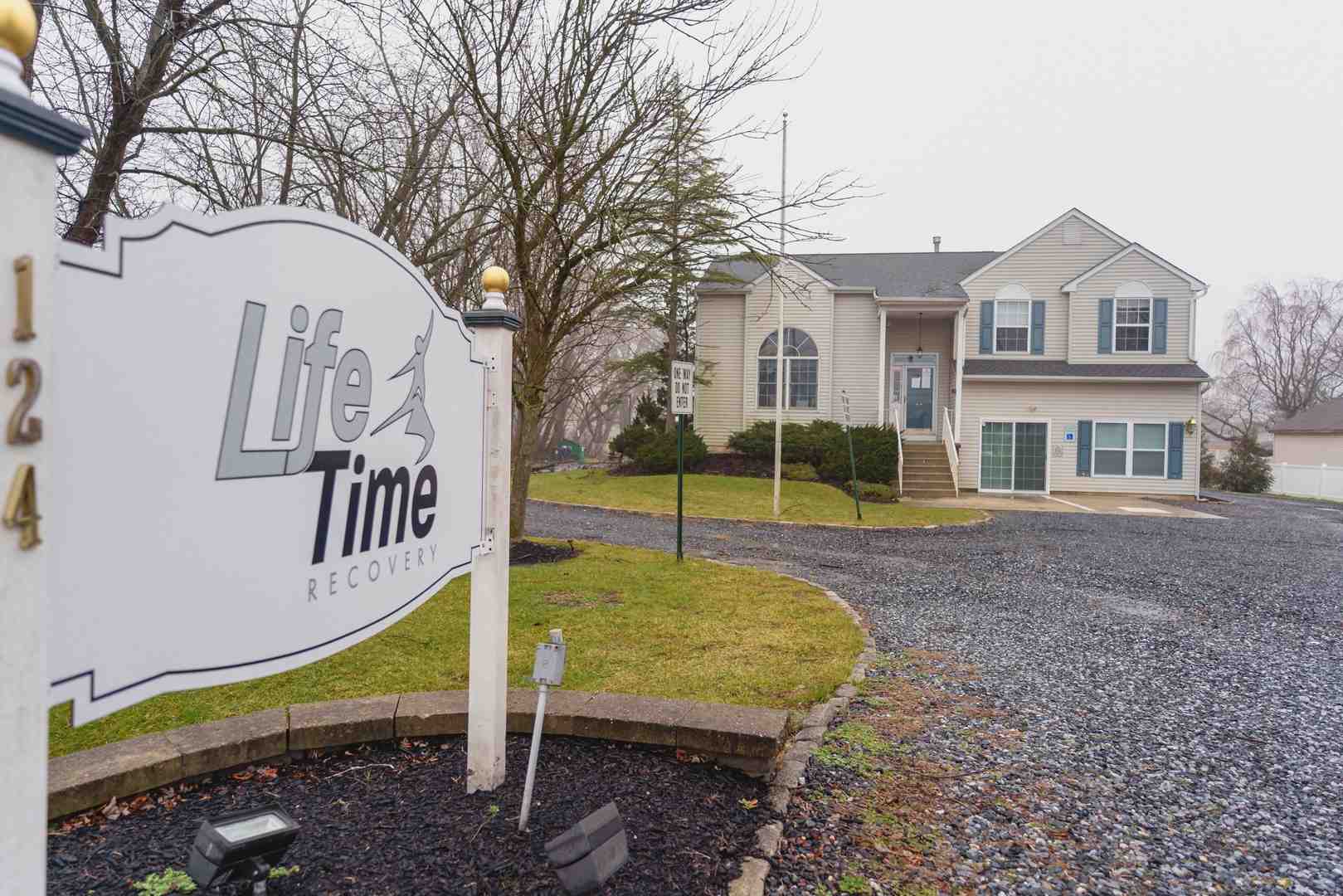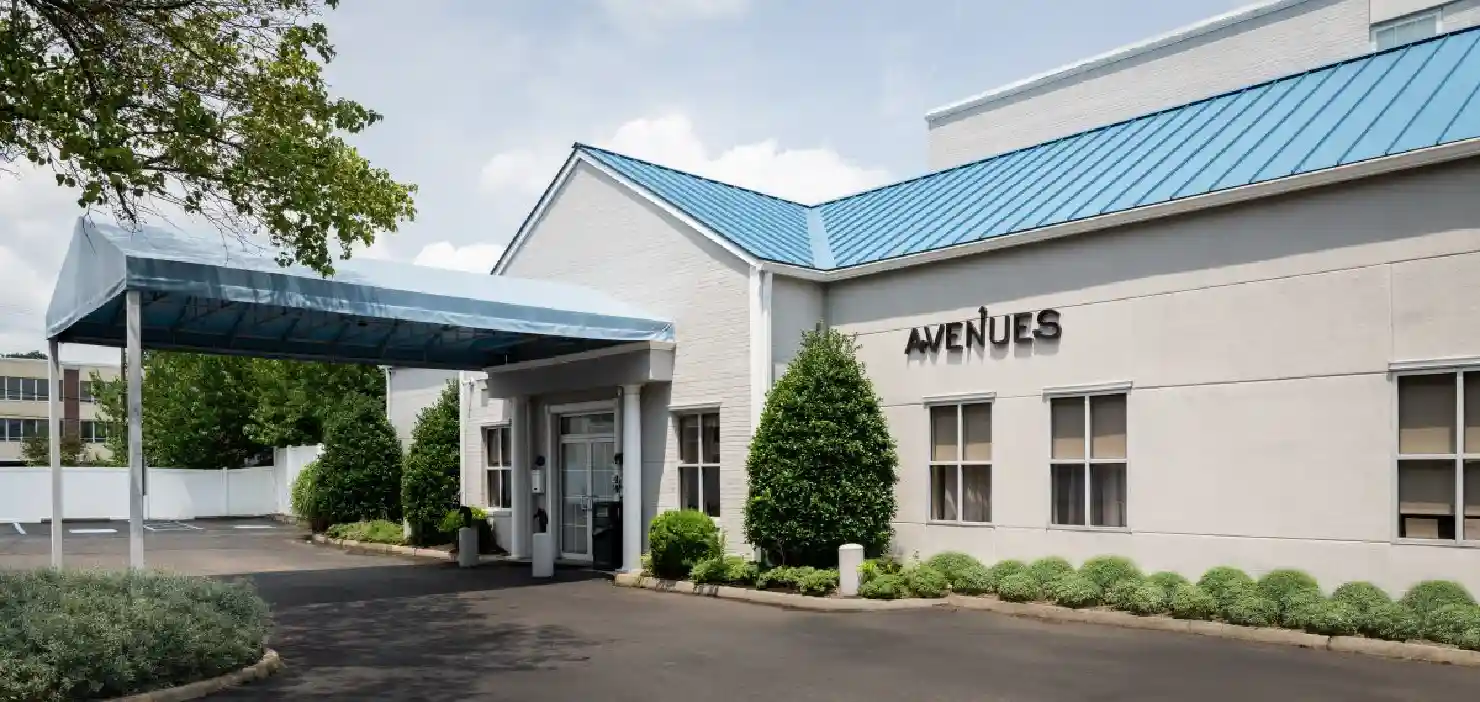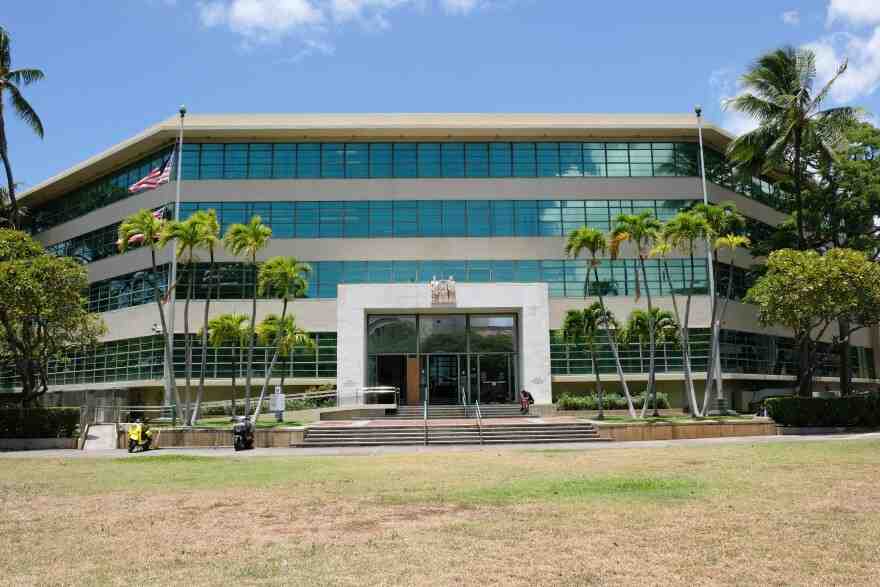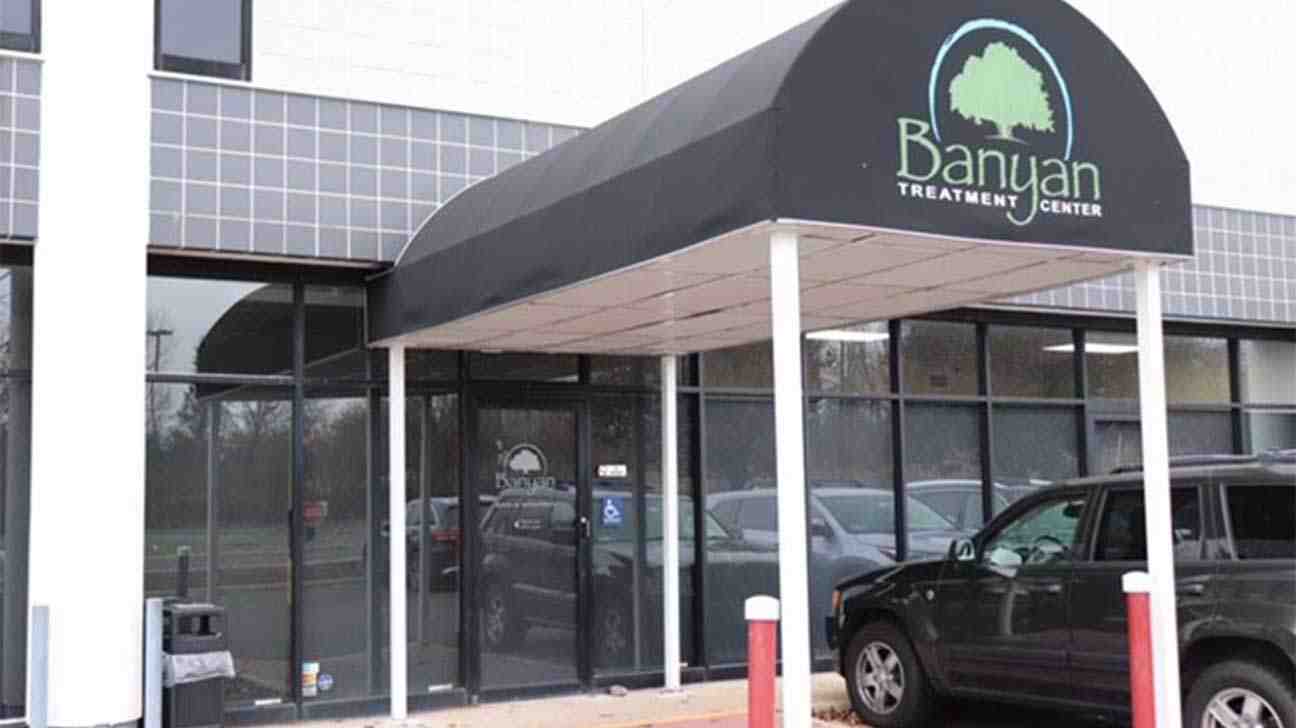
Why Choosing the Right 30-Day Inpatient Rehab Program Matters
30 day inpatient rehab programs new to the recovery landscape offer intensive, structured treatment where you live at a facility for about a month. This immersive approach provides medical care, therapy, and support in a controlled environment. When facing addiction, asking the right questions before committing is crucial for finding a program that leads to lasting recovery, not another setback.
Key things to know about 30-day inpatient rehab programs:
- Duration: Typically 28-30 days of residential treatment
- Structure: Includes medical detox, individual and group therapy, and behavioral therapies
- Cost: Ranges from $6,000 to $20,000+, often covered by insurance
- Success Rate: 40-60% of people who complete treatment maintain sobriety
- Best For: Those needing immediate intervention or a foundation for long-term recovery
- What’s Included: Medical care, therapy, meals, structured activities, and aftercare planning
- What Comes Next: Transition to outpatient care, support groups, or sober living
A 30-day program provides time to detox, address the psychological roots of addiction, learn coping skills, and establish healthy routines in an environment free from triggers. However, program quality varies. The care, therapies, staff credentials, and aftercare support can differ significantly.
As Addiction Helpline America, we’ve guided thousands toward appropriate 30 day inpatient rehab programs new to their recovery journey. Our experience shows that asking informed questions before enrollment dramatically increases the chances of successful, lasting recovery.

Know your 30 day inpatient rehab programs new terms:
- 14 day rehab programs near me
- 60 day rehab programs near me
- 90 day inpatient rehab programs near me new
Understanding the Basics: Is a 30-Day Program Right for You?
Before choosing a treatment center, you must determine if a 30 day inpatient rehab program fits your situation. This requires an honest inventory of your needs to make the best decision for your recovery.
Recognizing When You Need Help
Signs of addiction include continuing to use despite negative consequences in your health, work, or relationships. Other red flags are using in risky situations, developing tolerance (needing more to get the same effect), experiencing withdrawal symptoms when you try to stop, and having persistent cravings. If you’ve tried to quit on your own without success, a professional program can provide the necessary support. A quick self-assessment can help gauge the severity, but a professional diagnosis is essential.
What a 30-Day Program Actually Does
A 30 day inpatient rehab program is a powerful launchpad for recovery, focusing on three core goals:
- Stabilization: This often begins with medically supervised detox, where healthcare professionals manage withdrawal symptoms to keep you safe and comfortable as your body clears the substances.
- Foundational Skills: Through individual and group therapy using evidence-based treatments like Cognitive Behavioral Therapy, you’ll explore the root causes of your substance use and learn practical coping strategies for triggers and cravings.
- Healthy Routines: The structured environment helps re-establish regular sleep, nutritious meals, and exercise, which are the building blocks of a stable, sober life.
Who Thrives in a 30-Day Program?
30 day inpatient rehab programs new to your search are effective if you need immediate intervention or require medical supervision during detox, especially for alcohol or benzodiazepines. They are also ideal for those committed to recovery but have external responsibilities (like work or family) that make a longer stay difficult. A 30-day program provides an intensive foundation before you transition to outpatient care, especially if you have a supportive network at home.
How 30 Days Compares to Longer Programs
There’s no single answer for how long rehab should last. Here’s a quick comparison:
| Feature | 30-Day Program | 60-Day Program | 90-Day Program |
|---|---|---|---|
| Duration | 28-30 days | 56-60 days | 84-90 days |
| What You’ll Work On | Detox, stabilization, foundational skills | Deeper therapeutic work, habit formation | Root causes, relapse prevention, life skills |
| Time Commitment | Achievable initial step | Moderate, deeper dive | Extensive, comprehensive |
| Typical Cost | Generally lower ($6,000-$20,000+) | Moderate | Generally higher |
| Insurance Coverage | More likely to be fully covered | Often covered | Often covered |
| Best Suited For | Immediate intervention, first-time treatment | More complex cases | Chronic addiction, co-occurring disorders |
A 30-day program is a solid start. Many people begin with 30 days and then extend their treatment based on their progress and clinical recommendations. For more information, explore our guide on Drug Rehab. The most important step is the first one.
The 7 Essential Questions for Choosing New 30 Day Inpatient Rehab Programs
Choosing the right 30 day inpatient rehab program is a critical step. Asking the right questions upfront empowers you to find a facility that matches your unique needs and goals. We’ve learned that transparent, comprehensive programs yield the best outcomes. Below are seven essential questions to ask when evaluating 30 day inpatient rehab programs new to your search. These will help you determine if a program is the right fit.

1. What Treatment Approaches and Therapies Are Offered?
Not all therapies are the same. Ask what methods a program uses and if they are backed by research. Evidence-based practices should be the core of any reputable program. Look for approaches like Cognitive Behavioral Therapy (CBT) to change negative thought patterns, Motivational Interviewing (MI) to strengthen commitment to change, and Dialectical Behavior Therapy (DBT) for emotional regulation.
If you struggle with both addiction and a mental health condition like depression or anxiety, you need dual-diagnosis care. This integrated approach treats both issues simultaneously. For opioid or alcohol addiction, Medication-Assisted Treatment (MAT) can be a vital tool to reduce cravings and ease withdrawal. Ask if the program offers MAT for conditions like Addiction Treatment: Heroin Addiction Treatment or Addiction Treatment: Opioid Addiction Treatment.
Many programs also offer holistic therapies like yoga, meditation, art therapy, and nutrition counseling. These are powerful tools for managing stress and building a healthier lifestyle, as exercise triggers the release of endorphins that can reduce depression and anxiety.
2. What Are the Staff’s Credentials and the Facility’s Accreditations?
Your recovery team is critical. Ask about the qualifications of the treatment team. Look for licensed therapists, medical doctors, psychiatrists, and registered nurses specializing in addiction. A multidisciplinary team ensures comprehensive care.
The staff-to-patient ratio is also important. A lower ratio means more personalized attention. Don’t hesitate to ask what their typical ratio is.
Accreditation from organizations like The Joint Commission or CARF (Commission on Accreditation of Rehabilitation Facilities) ensures a facility meets high standards for quality and safety. When we compile resources like our Top 10 Drug & Alcohol Rehabs, accreditation is a key factor.
3. What Does a Typical Day Look Like?
Structure is a key component of inpatient treatment. A typical day in a 30 day inpatient rehab program is full and purposeful, designed to keep you focused on recovery. Your schedule will include a mix of individual counseling for personal challenges and group therapy, where you connect with peers who understand your struggle. You’ll also participate in educational workshops, relapse prevention planning, and wellness activities.
The day includes time for nutritious meals, exercise, and personal reflection, helping establish healthy routines. Ask about family involvement, as many programs offer family therapy sessions to heal relationships and build a supportive home environment. Good programs recognize that nutrition and exercise are vital, as physical health supports mental and emotional recovery.
4. How Does the Program Address Co-Occurring Mental Health Disorders?
Most individuals with substance use disorders also have co-occurring mental health conditions. Treating one without the other is ineffective. Integrated treatment for a dual diagnosis addresses both addiction and any mental health issues—like depression, anxiety, or PTSD—at the same time with a coordinated team.
Ask about the psychological assessments performed during intake. A thorough evaluation should identify any underlying mental health conditions. Quality programs often incorporate mindfulness and stress management techniques, such as meditation, which can help you clear any anxiety or fear from your mind. If you’re unsure if mental health is a factor, consider this: Take the Quiz. Understanding the full picture is key to effective treatment.

5. What Are the Success Rates and How Is Success Measured?
“Success” in recovery is personal, but it’s fair to ask how a program measures its outcomes. Reputable programs track metrics like program completion rates, sustained sobriety after discharge, and improvements in quality of life. Be wary of facilities that promise a “cure.”
Research indicates that 40-60% of people who attend treatment stay sober afterward. It’s also important to know that relapse rates for addiction are 40-60%, similar to other chronic diseases like hypertension. A relapse doesn’t mean treatment failed; it means the treatment plan may need adjustment. Research on treatment effectiveness and SAMHSA’s National Survey confirm that comprehensive treatment and aftercare significantly improve long-term outcomes. A program’s transparency about these realities is a sign of integrity.
6. What Is the Total Cost and What Are My Payment Options?
Cost is a major concern, but many payment options exist. The cost of a 30 day inpatient rehab program typically ranges from $6,000 to $20,000+, depending on location, services, and amenities.
Most programs accept insurance. Federal law requires many health plans to cover behavioral health. We can help you verify your benefits and understand your coverage. For more details, see our guide on How to Find Rehab Programs That Accept Insurance.
If you’re uninsured, ask about financing options like payment plans, medical loans, or sliding-scale fees based on income. State-funded programs and Medicare are other potential resources. For Medicare details, see CMS’s final rule for FY 2024. The cost of treatment is an investment that is often far less than the long-term financial and personal costs of untreated addiction.
7. What Happens After the 30 Days? (Aftercare and Support)
Completing a 30 day inpatient rehab program is the foundation, but lasting recovery is built on what comes next. A quality program begins aftercare planning from day one.
Your team should develop a personalized plan for your transition. This often includes step-down care, such as a Partial Hospitalization Program (PHP) or an Intensive Outpatient Program (IOP), which allows you to gradually return to daily life while maintaining strong support.
Sober living homes offer a structured, drug-free environment for those who need it, providing accountability and community. Also, look for alumni programs and support groups like Alcoholics Anonymous (AA) or Narcotics Anonymous (NA). These free, accessible groups can be a lifeline. A program that emphasizes aftercare is a program that is invested in your long-term success.
Finding a Program and Taking the Next Step
You’ve learned what to look for. Now it’s time to find a 30 day inpatient rehab program new to your recovery journey and take the first step. You don’t have to do it alone.
At Addiction Helpline America, we maintain a nationwide network of quality treatment facilities. We can connect you with programs across all 50 states and the District of Columbia that match your specific needs, insurance, and situation.
Getting Professional Guidance
Your family physician or a mental health professional is a great starting point for referrals. However, navigating the options can be overwhelming, which is why we offer free, confidential guidance to connect you with the right program. For more search strategies, see our guide on How to Find a Rehab Facility.
Preparing for Your Intake Call
To streamline the admissions process, try to have the following information ready:
- Your medical history, including any psychiatric conditions
- Your insurance policy details
- The substance(s) you use and for how long
- Any travel or time constraints
Don’t worry if you don’t have everything; admissions staff will guide you through the process.
What to Pack (and What to Leave Behind)
Once accepted, you’ll need to pack. Focus on comfort and practicality. Bring comfortable clothing for 7-10 days, alcohol-free personal hygiene items, and any prescription medications in their original bottles. You’ll also need your photo ID, insurance card, and a small amount of cash. Many people find a journal helpful.
Leave all illicit substances, alcohol, weapons, and most electronics (phones, laptops) at home. This helps you focus on recovery without distractions. Also, leave valuables, revealing clothing, and outside food or drinks behind. Always ask the facility for their specific packing list.
Setting Realistic Expectations
Rehab is hard work. It’s an intensive therapeutic process in a structured environment. Your days will be planned to keep you focused on healing and learning new coping skills. Be open to the process, engage in therapy, and accept support from staff and peers. Asking for help is a sign of strength, not weakness. You’ve already taken a huge step by considering treatment. The next one is just a phone call away.
Frequently Asked Questions about 30-Day Inpatient Rehab
What are the main benefits of a 30-day program over longer options?
30 day inpatient rehab programs new to your search offer several key benefits. The achievable commitment of one month is manageable for those with work or family responsibilities. This shorter duration provides an intensive focus on detox, therapy, and foundational skill-building in a supportive environment. Practically, these programs often have a lower initial cost and are more likely to be fully covered by insurance, causing less disruption to your life. It’s an effective launchpad for recovery, and you can always transition to longer-term care if needed. For more on program lengths, visit 30 Day Inpatient Rehab Programs.
What are the potential challenges of a new 30 day inpatient rehab program?
While beneficial, it’s important to understand the challenges. The short duration may not be enough for severe, long-standing addiction, often requiring a transition to longer care. Homesickness and emotional struggles are common; being away from home while doing intensive therapeutic work can be overwhelming. Studies on homesickness show it can impact well-being. The biggest challenge is often transitioning back to daily life and its triggers. This is why a strong aftercare plan is critical. The initial Treatment: Detox is just the beginning; the real work continues long after 30 days.
Can my family visit me during a new 30 day inpatient rehab program?
Most 30 day inpatient rehab programs new to the field recognize the importance of family support, but policies vary. Many facilities have a “blackout period” for the first week or two to help you focus on treatment without distraction. Afterward, scheduled visits are often permitted.
More importantly, many programs offer family therapy sessions. These sessions help your loved ones understand addiction, learn how to support you, and heal relationships. Even if visits are restricted, these sessions ensure your family is involved in your recovery. Ask about specific communication rules for phone or video calls. Healthy family involvement is a cornerstone of long-term success, as it helps build a supportive environment for you to return to.
Conclusion: Your Path to Recovery Starts with the Right Questions
Choosing a 30 day inpatient rehab program new to your recovery journey is a courageous decision. By asking the right questions, you can find a program that truly fits your needs. Understanding a facility’s therapies, staff credentials, daily structure, and approach to co-occurring disorders and aftercare empowers you to make an informed choice.
Knowing the costs, payment options, and realistic success rates removes barriers and sets you up for the journey ahead. Each answer brings clarity and moves you closer to the right fit. Recovery is a lifelong process that begins with the brave step of asking for help.
At Addiction Helpline America, we have guided thousands through this process. We know how overwhelming it can be, which is why we offer free, confidential, and personalized guidance. We listen to your story and connect you with programs from our nationwide network that align with your needs.
You don’t have to do this alone. Whether you’re seeking help for yourself or a loved one, we’re ready to help you find the right 30 day inpatient rehab programs new to your situation. Your healthier future is possible, and it starts with reaching out.
Ready to take the next step? Explore different types of treatment programs available through our network, or contact us directly for personalized support. Recovery is possible, and we’re here to help you find your way.
Our helpline is 100%
free & confidential
If you or someone you care about is struggling with drug or alcohol addiction, we can help you explore your recovery options. Don’t face this challenge alone—seek support from us.
Programs
Resources
Will my insurance
cover addiction
treatment?
We're ready to help
Find the best
drug or alcohol treatment
center
Are you or a loved one struggling with addiction? Call today to speak to a treatment expert.












